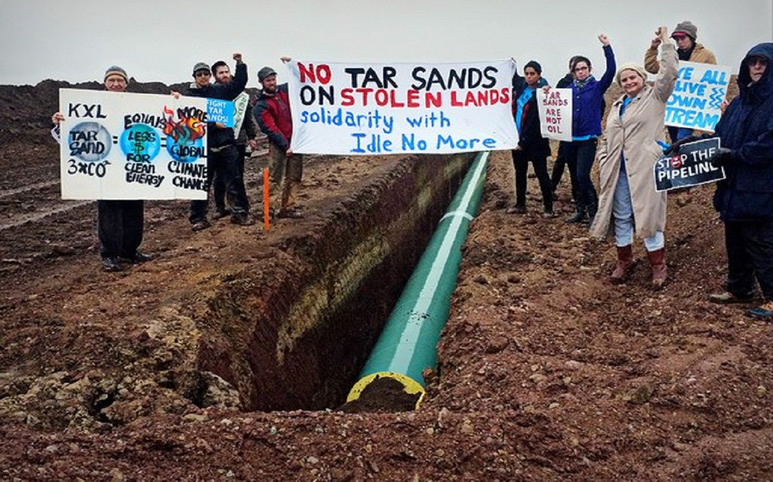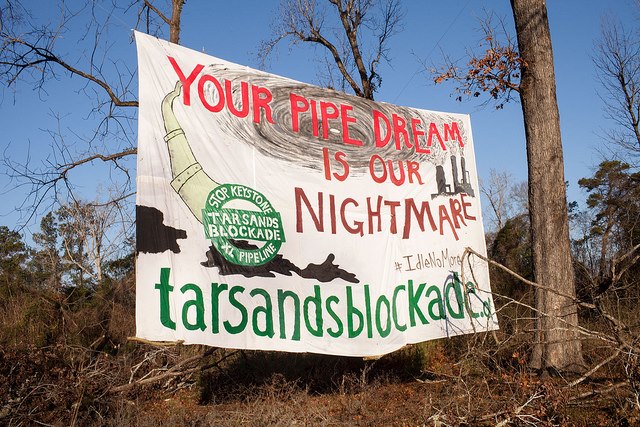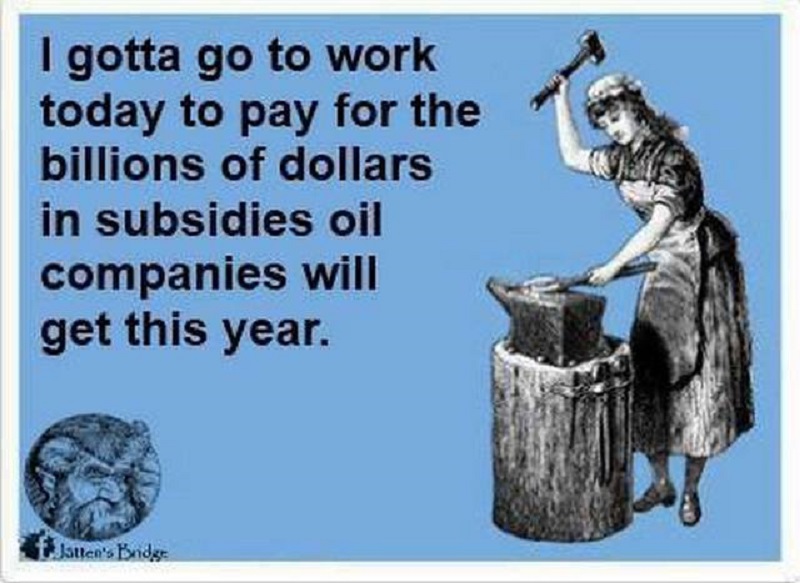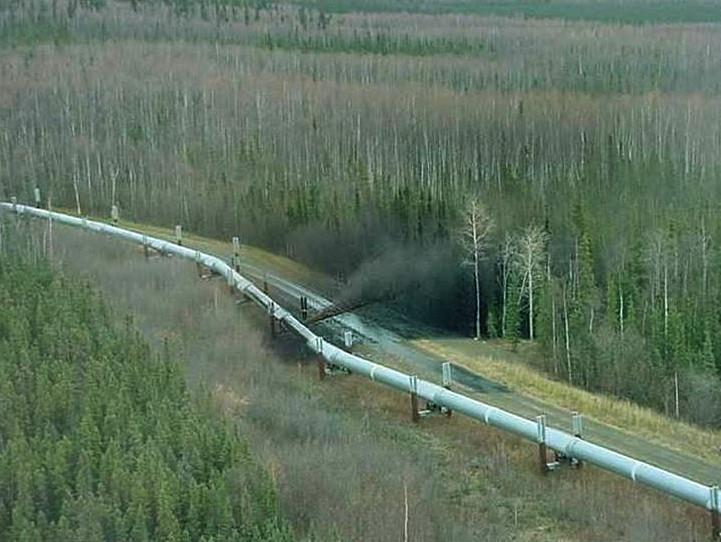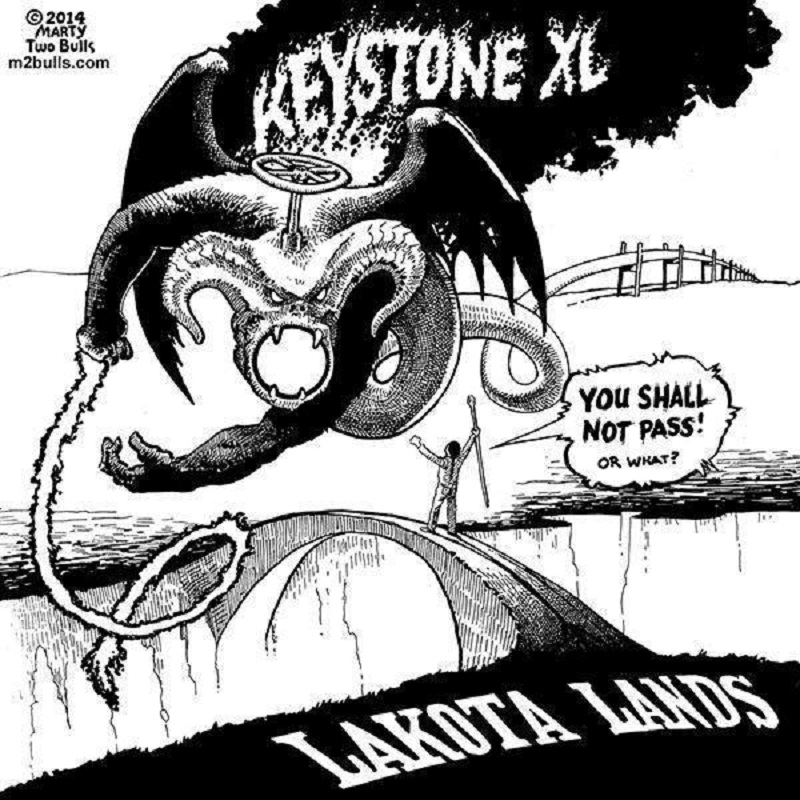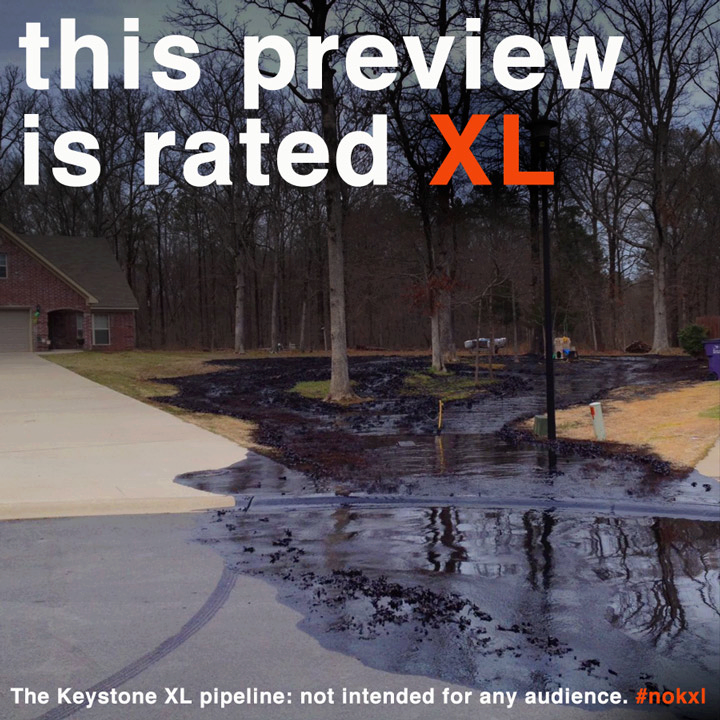
The Keystone Pipeline project has been a source of controversy ever since its inception. Environmentalists have been fiercely opposed to the project, citing concerns about the impact it could have on the environment, while proponents argue that it would create jobs and enhance North American energy security. In 2016, a group of activists launched the Keystone Blockade, a high-profile protest against the construction of the pipeline. The blockade lasted for months and drew national attention to the issue. In this article, we will explore the Keystone Pipeline controversy, the events leading up to the Keystone Blockade, and the impact it has had on the political and social landscape of North America.
Introduction: Understanding the Keystone Pipeline and Blockade
The Keystone Pipeline is a 1,179-mile pipeline project that is designed to transport crude oil from Canada to the Gulf Coast of the United States. The pipeline's route runs through Montana, South Dakota, Nebraska, Kansas, Oklahoma, and Texas. The pipeline is owned and operated by TransCanada Corporation.
What is the Keystone Pipeline?
The Keystone Pipeline is a pipeline system that delivers crude oil from Canada to the United States. The pipeline was proposed by TransCanada Corporation in 2008 and has been the subject of controversy ever since.
The Controversy Surrounding the Keystone Pipeline
The Keystone Pipeline has been a controversial project due to concerns over its environmental impact, the risks associated with transporting crude oil, and the potential impact on indigenous communities. The pipeline has also been the subject of intense political debate and has been a rallying point for environmental activists.
Before the Protests: The Keystone Pipeline Controversy
History of the Keystone Pipeline Project
The Keystone Pipeline project was first proposed in 2008 by TransCanada Corporation. The pipeline was designed to transport crude oil from the Canadian tar sands to the Gulf Coast. The project was initially met with little opposition, but as concerns over the environmental impact of the pipeline grew, so did opposition to the project.
Environmental Concerns and Opposition to the Keystone Pipeline
Opponents of the Keystone Pipeline have voiced concerns about the potential environmental impact of the pipeline. They have argued that the pipeline would contribute to climate change by facilitating the extraction and transportation of crude oil from the Canadian tar sands. They have also expressed concern about the risk of oil spills and the potential impact on indigenous communities.
The Keystone Blockade: A Timeline of Events
Overview of the Keystone Blockade Protests
The Keystone Blockade was a series of protests and acts of civil disobedience aimed at stopping the construction of the Keystone Pipeline. The protests were organized by a coalition of environmental groups, indigenous activists, and concerned citizens. The protests took place at various locations along the pipeline's route, including the White House and the Capitol Building.
Key Events and Milestones during the Keystone Blockade
The Keystone Blockade began in 2011 with a rally at the White House. In 2012, the first acts of civil disobedience took place along the pipeline's route in Texas. In 2013, President Obama announced that he would delay a decision on the pipeline until further environmental studies had been completed. In 2015, President Obama rejected the pipeline's construction permit, effectively ending the project.
The Role of Activism in the Keystone Blockade
Types of Activism Used during the Keystone Blockade
Activists used a variety of tactics during the Keystone Blockade, including marches, rallies, and acts of civil disobedience. They also used social media and other forms of media to raise awareness about the impact of the pipeline and the need for action.
The Importance of Activism in the Success of the Keystone Blockade
The Keystone Blockade was successful in stopping the construction of the pipeline due in large part to the efforts of activists. The protests and acts of civil disobedience brought attention to the issue and put pressure on political leaders to take action. The success of the Keystone Blockade has inspired other environmental and social justice movements to use similar tactics to effect change.
The Aftermath of the Keystone Blockade: Impact and Response
The Keystone Blockade, a protest against the construction of the Keystone XL oil pipeline in North Dakota, garnered national attention in 2016. The protests sparked a conversation about the impact of the oil and gas industry on the environment and indigenous rights. This section will explore the economic and political impact of the Keystone Blockade, as well as the response from the government and energy industry.
Economic and Political Impact of the Keystone Blockade
The Keystone Blockade had a significant impact on the economy and politics of North Dakota. The state's economy relies heavily on the oil and gas industry, and the construction of the Keystone XL pipeline would have created jobs and revenue for the state. However, the protests caused a delay in the construction of the pipeline, leading to economic loss and uncertainty.
The Keystone Blockade also had political implications. The protests were seen as a victory for environmental activists and indigenous rights advocates, who had been fighting against the pipeline for years. The protests drew attention to the issue and influenced public opinion, leading to increased scrutiny of the oil and gas industry and its impact on the environment.
Response from Government and the Energy Industry
The response to the Keystone Blockade was mixed. The government and energy industry denounced the protests, viewing them as a hindrance to economic progress. However, the protests also sparked discussions about the need for better communication and compromise between the oil and gas industry and indigenous groups.
The Keystone XL pipeline was eventually approved by the Trump administration in 2017, but faced further legal challenges and opposition from environmental groups. In 2021, President Biden revoked the permit for the pipeline, citing environmental concerns.
Lessons Learned from the Keystone Blockade
The Keystone Blockade was a significant event in the history of environmental activism and pipeline protests. This section will explore the lessons learned from the protest, focusing on both activists and protesters, as well as government and industry.
Lessons for Activists and Protesters
The Keystone Blockade demonstrated the power of grassroots organizing and nonviolent protest. The protests drew national attention to the issue and influenced public opinion. Activists and protesters learned the importance of effective communication and collaboration, as well as the need for a strong legal strategy.
Lessons for Government and Industry
The Keystone Blockade also taught lessons to government and industry. The protests demonstrated the need for better communication and compromise between the oil and gas industry and indigenous groups. The government and industry learned that ignoring the concerns of environmental and indigenous groups could lead to legal challenges and public backlash.
Conclusion: The Future of Pipeline Protests and Environmental Activism
The Keystone Blockade was a groundbreaking event in the history of pipeline protests and environmental activism. This section will explore the future of oil pipelines and environmental activism, as well as the implications of the Keystone Blockade for future protests.
The Future of Oil Pipelines and Environmental Activism
The Keystone Blockade demonstrated the power of grassroots organizing and nonviolent protest. It also highlighted the need for better communication and compromise between the oil and gas industry and indigenous groups. The future of oil pipelines and environmental activism will depend on the ability of all parties to work together towards a sustainable and equitable future.
Implications of the Keystone Blockade for Future Protests
The Keystone Blockade set a precedent for future pipeline protests and environmental activism. The protests demonstrated that grassroots organizing and public opinion can have a significant impact on government and industry decisions. The Keystone Blockade also highlighted the need for legal strategies and effective communication between activists, protesters, government, and industry.The Keystone Blockade and the protest movement it inspired have had a lasting impact on the debate over pipeline projects and environmental activism in North America. The events surrounding the Keystone Pipeline have served as a cautionary tale for those in the energy industry and a rallying cry for those advocating for stricter environmental protections. As North America continues to grapple with issues surrounding energy and the environment, the Keystone Blockade will be remembered as a pivotal moment in this ongoing debate.
Frequently Asked Questions
What was the Keystone Pipeline and why was it so controversial?
The Keystone Pipeline was a proposed oil pipeline system that would have transported crude oil from the tar sands of Alberta, Canada, to refineries in the United States. The project was controversial because of concerns about the environmental impact of the tar sands extraction process and the potential for oil spills along the pipeline route.
What was the Keystone Blockade and what impact did it have?
The Keystone Blockade was a protest movement aimed at stopping the construction of the Keystone Pipeline. The blockade was launched in 2016 and lasted for several months, drawing national attention to the issue. The blockade ultimately succeeded in halting the construction of the pipeline and has been credited with inspiring similar protests against pipeline projects across North America.
What lessons can be learned from the Keystone Blockade?
The Keystone Blockade offers several important lessons for activists, government officials, and the energy industry. For activists, the need for sustained and organized protests and the importance of media attention in shaping public opinion. For government officials, the importance of engaging with protesters and addressing their concerns. Finally, for the energy industry, the importance of considering the environmental impact of pipeline projects and investing in alternative energy sources.
What impact has the Keystone Blockade had on the debate over pipelines and environmental activism?
The Keystone Blockade has had a significant impact on the debate over pipelines and environmental activism in North America. The protest movement has inspired similar protests against pipeline projects across the continent and has helped to raise public awareness of the environmental impact of fossil fuel extraction and transportation. The blockade has also prompted a rethinking of energy policy in many jurisdictions, with a growing emphasis on renewable energy and stricter environmental regulations.
